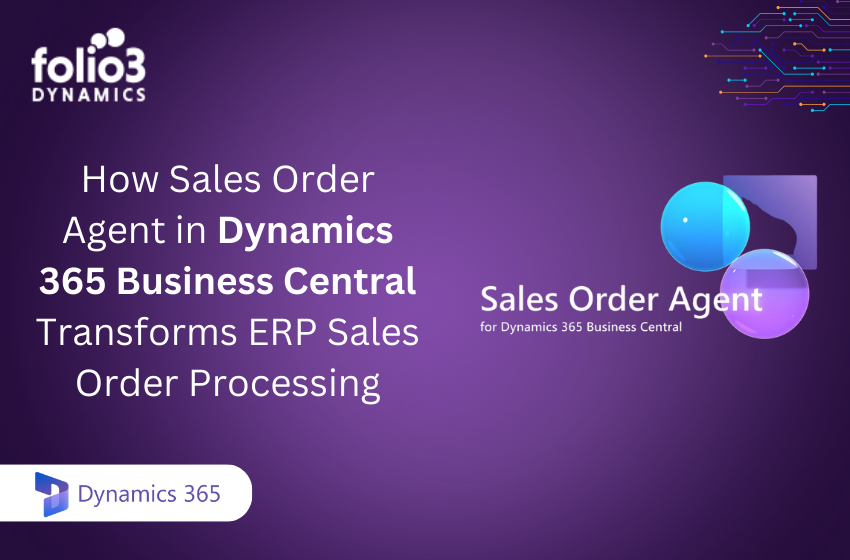Strategic management refers to the process of undertaking tactical planning to ensure business continuity in the long term. It’s essentially one of the most critical components of business continuity, however, given the complexity of the process, it is also one of the most overwhelming processes businesses can undertake. The key to undertaking strategic management is to understand the basic strategic management concepts and how do the processes work.
If you have been associated with a business, you must have to ask yourself, “how should I plan for the future?” or “what components should be included in the strategic management process?”.
Well, those are some questions that we will be addressing in this blog.
Keep reading as we take you through the complete strategic management perspective, concepts, benefits, strategies, and stages of the strategic planning process.
So, let’s cut the chase and delve into the strategic management concepts…
Why is Strategic Management Important?
Before we dive deep into the strategic management processes, and concepts, let’s look at some of the benefits of strategic management and why businesses need to undertake this activity.
One of the Japanese proverbs essentially explains the significance of strategic management;
“When you are dying, it’s too late to start thinking about digging a well”.
Let’s accept that this might not be the cheeriest of proverbs, nonetheless, it does clarify a lot about the critical nature of the strategic management process. Here are some of the benefits of undertaking strategic management;
-
Improve decision-making process at a tactical level
As they say, what you don’t know, you can’t manage. Businesses need clear and real-time access to the performance status of all business functions to stay updated with all the happenings and prepare themselves for the future. With a clear strategic direction, business leaders are in a much better position to assess the overall strengths and weaknesses and take tactical decisions based on data.
-
Enhance employee engagement
Businesses need a definite and well-respected goal to motivate employees to perform at their best. With the strategic management process, businesses are able to set for themselves a clear vision and goal to which all employees can relate, thereby, greatly enhancing the employees’ motivation and engagement.
-
Makes intelligent hiring decisions
Without a clear understanding of business needs, it is difficult for businesses to assess capability gaps and make the right hiring. Strategic management processes enable businesses to precisely map the capability gaps and make intelligent hiring decisions to reduce those gaps.
-
Motivate stakeholders
Stakeholders are always interested to invest in businesses that have definite and well-defined roadmaps towards the future. With a robust strategic plan, it’s easier for businesses to engage and motivate stakeholders to invest in business operations, by providing them with a clearly laid-out roadmap to overcome potential issues and ensure business continuity.
Well, these are only four of the many benefits for businesses to invest in strategic management. Nonetheless, we are sure you got the point of why you should invest in strategic management.
What are strategic planning frameworks?
Ok, now that we are done with looking at the potential benefits of strategic management, let’s have a brief look into various strategic planning frameworks that have helped businesses to achieve their organizational bottom lines.
Keeping in view the significance of the strategic planning process, various strategic planning frameworks have been developed over the years. Some of the more popular strategic management frameworks including the 7S Model, OGSM (objectives, Goals, Strategies, and Measures), and Balanced Scorecard.
All of the proposed frameworks were developed to help businesses cross-industries to achieve organizational bottom lines. Now, while each framework focuses on different components to ensure business continuity, some of the elements that are found in all frameworks include;
-
Vision & Mission
Vision is essentially the “vision” of a business that leads it into the future. It’s like a motivating principle that connects with people at all levels of the organization and helps them to work towards a common goal. Alternatively, the mission statement of a business represents its values, and workflow processes through which it intends to achieve its vision.
-
Internal & External Drivers
The internal and external drivers of the company refer to the inside and outside forces with the potential to influence the company’s success. For example; an internal driver for the company may be the business leaders with its expertise, vision, and experience, whereas, an external driver may be favorable business policies.
-
Tasks, objectives, & Goals
For any business to reach its ultimate goal, it’s important to break down the way into smaller tasks that lead to the accomplishment of smaller objectives, and finally, these small achievable objectives help companies to reach long-term goals.
-
Time Frames
Timeframes represent a sense of urgency among the team, which motivates them to commit more passionately to meet specific objectives. Timeframes also help businesses to track their progress.
What are some common strategic planning goals?
Now that we are done with the important components of strategic management frameworks, let’s take a look into some important planning goals that can contribute to the business’s success.
-
Quality
This strategic planning goal asserts the company to try to increase the quality of the products or services by taking appropriate measures.
-
Speed
This strategic planning goal asserts businesses press hard to maintain efficiency and achieve higher productivity speed to remain competitive.
-
Dependability
This strategic planning goal asserts businesses offer reliable and consistent services to customers as a means to improve their reputation and dependability.
-
Cost
This is yet another important strategic planning goal that asserts businesses to undertake due measures required to reduce the cost of operations and increase profit margins.
What are the stages of the strategic planning process?
Now that we are done discussing the important goals of strategic management, let’s now look at different stages of the strategic management process and how it can help businesses to ensure business continuity and long-term success.
-
Identification of the strategic position
Identification of strategic position enables businesses to assess their current standing, and create its long-term objectives to ensure business success.
For example, a web design and development service may envision becoming the #1 web development company in the world. Now to be able to achieve this vision, the company may define its goal of achieving 20% of market share among new startups. With such a clear objective in mind, businesses are in a better position to create actionable steps to attract the target market with relevant ads and marketing campaigns.
-
Assess the market information
Once you have a defined objective and a strategic position of your business, next it’s time to assess the various internal and external factors to determine the efficacy of each factor in your quest towards achieving a long-term business objective.
For instance, during the assessment of the market, you may realize that startups aren’t the best market to target for web development services. Perhaps, instead, the company should target SMEs who got a larger share in the market.
At this stage of strategic management, companies can assess, review, tweak and refine their goals, based on the data from inside and outside factors.
-
Perform a SWOT analysis
Once you have refined the strategy, next you need to perform a SWOT analysis. This helps businesses to assess the strengths, weaknesses, potential risks, and opportunities they may encounter in the long term. SWOT analysis assists businesses to further refine their goals, thereby, enabling them to proceed forward with the most definite plan.
Let’s understand this with our hypothetical web development company, which after performing SWOT analysis may realize that their best chance to increase market share is to target overseas markets with a higher growth rate. This means that the company would be able to further refine its strategy to achieve the target goal (becoming the #1 company) by tweaking its way forward.
-
Formulate a strategic plan
Once you have refined the company’s objectives and way forward, the next stage in the strategic management process is to develop a strategic plan. The plan should take into account all the data and information gathered in the above stages.
Again, getting back to our hypothetical web development company, which at this stage will formulate the tactical strategy to achieve the defined objectives and goals, as well as, define necessary measures (timeframe, resources, and others) to achieve the ultimate goal.
-
Execution of Plan
Once the plan is ready, each department has its unique role to ensure successful implementation of the plan. For instance, the marketing team would be responsible to create relevant and engaging content that connects with the identified target market (overseas in the case of our hypothetical web development company example).
Similarly, the sales team will be responsible to generate leads, the HR team will be responsible to hire the right resources, whereas, the development team will be responsible to ensure achieving quality metrics.
-
Consistently review and assess the performance
The last stage of the strategic management process includes diligent monitoring and review of all the processes that contribute to achieving the business goal. It’s an important step since it is here that businesses can review performance metrics of all components and make any tweak necessary to ensure accomplishment of long-term goals.
Well, this effectively concludes the process of strategic management.
What is the strategic management process?
The strategic management process refers to the defined business strategy that is pursued to achieve the company’s long-term goals. The strategic management process also enables business leaders and managers to implement effective steps to achieve higher performance from available resources.
What are the four basic elements of strategic management?
Four basic elements to create a tactical strategic management plan includes; situational analysis, strategy development, strategy execution, and strategy evaluation.
What is strategic management healthcare?
Strategic management helps businesses to create and implement tactical strategies to achieve business goals. In the case of healthcare institutions, strategic management enables hospital administration, executives, and employees to understand the end goal of the hospital and work towards achieving the goal with a definite plan.


